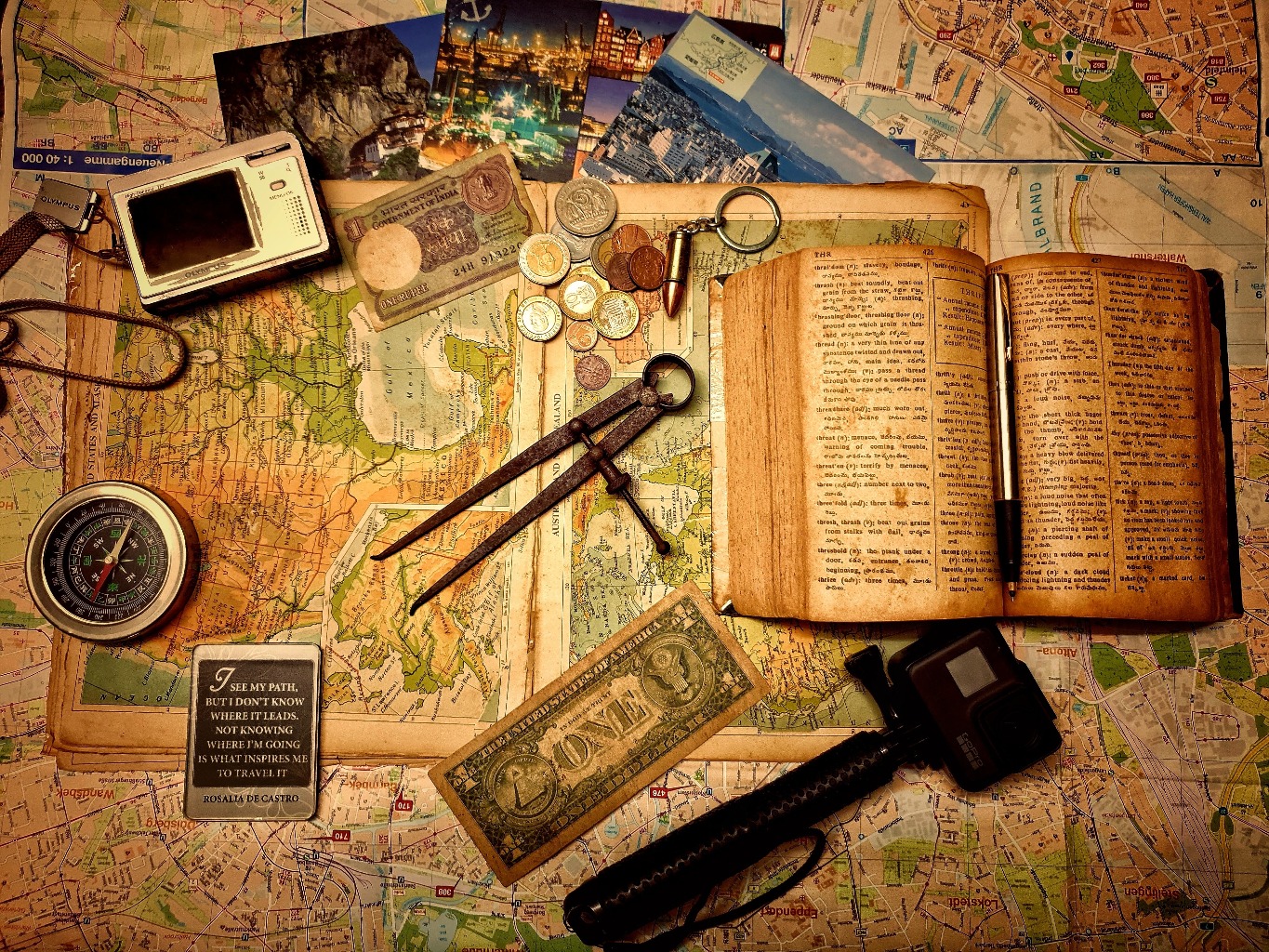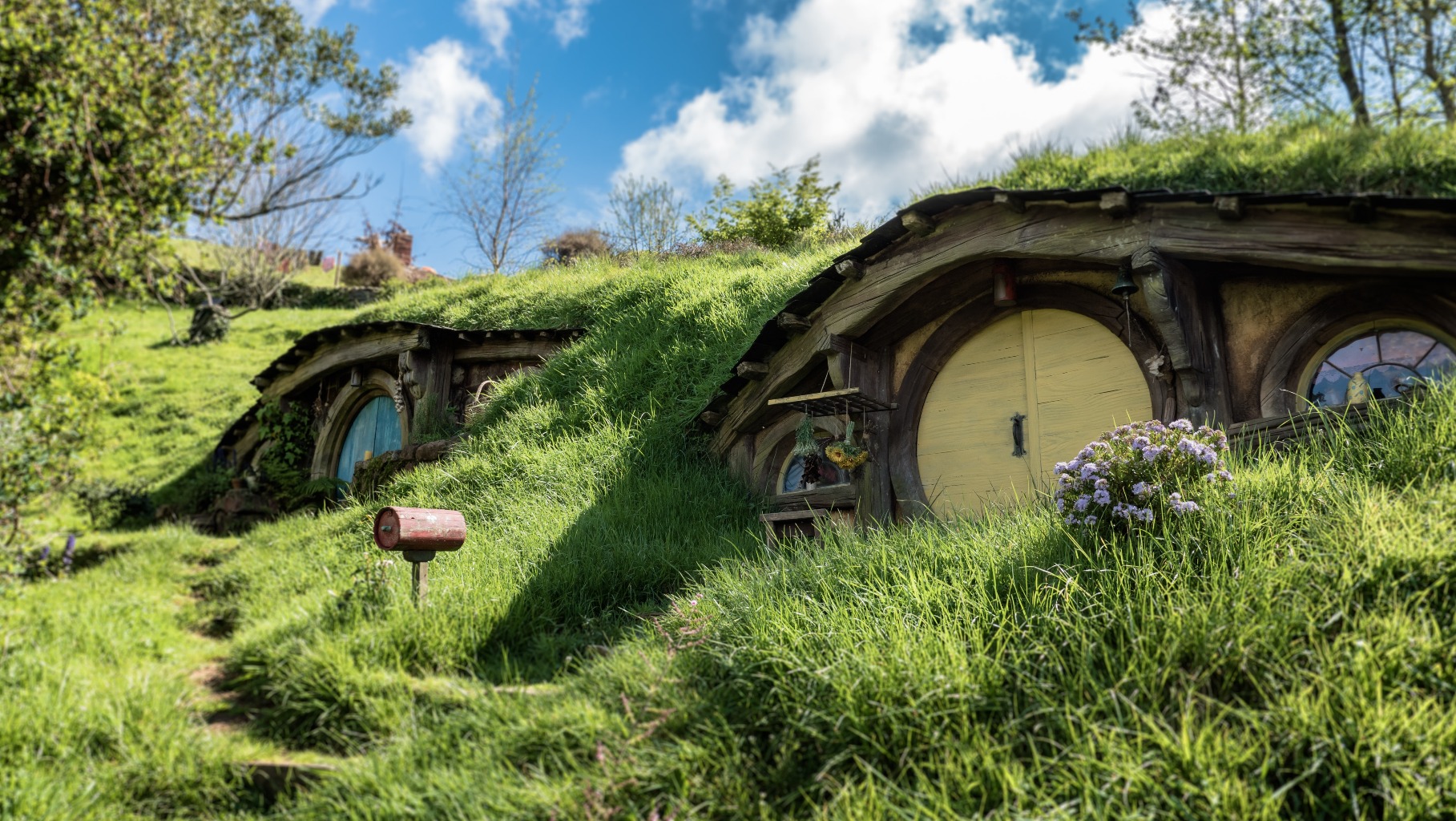Obviously, it’s fantasy. But what if you could make it feel real?
What if your reader is convinced they’re standing beside the protagonist on the high, icy bridge and can almost feel biting wind powerfully circulating around them. The protagonist holds their sword in a frozen, trembling hand and the reader’s heart rate quickens and bones chill. (Though, of course, they’re just sitting on their futon, scrolling through an ebook on their laptop.)
You see, fiction is best when it feels real. Your reader knows there are no monsters; yet he or she can still experience fear when reading about an eerily quiet town and a mammoth shadow slowly spreading across the pavement.
It’s that fear (or childlike wonder, slow-burning suspense, electric excitement, or deep ache) that you’re aiming to produce.
If your story feels real, your readers will really feel it. Here are some tips for getting there.
Well-Defined Geography and Maps

Want to build a world? You’ll need to start from the ground up.
Your setting will shape your storyline, characters, and pacing. How many days would it take to hike, drive, or ride a dragon from one location to the next? Is the topography diverse, rugged, barren, lush? Do certain regions breed particular cultures in your world? How are your characters affected by their environment? How did your protagonist’s hometown influence him or her?
Whatever you choose as your setting will matter deeply to the story you’re telling, whether it’s a real place or one you plan to create.
Choosing real locations makes for wonderfully fun fiction. (Many urban fantasy works are set in well-known, bustling metropolises, which adds to the chaos and magic.) If you write about demi-gods roaming NYC, vampires attending high schools in Forks, Washington, or clairvoyants navigating the streets of London, you must have familiarity with those places.
Citing familiar landmarks, knowing the weather, temperament and feel of location will really bring your story to life. The more detailed and accurate the description of the familiar is, the more believable your fiction will be. Observe and incorporate seasons, crowds, accents, scents, corner cafes, public transportation, local noises (like ringing church bells or flocks of pigeons), and even the amount of sunlight specific to your location.
Creating your own location, realm, or universe makes for a thrilling read (if done well)! To pull-off successful worldbuilding, you’ll need to think like a cartographer and a land surveyor, considering the terrain, the scale, and the weather patterns of each location.

And, as J. R. R. Tolkien proved, one of the best ways to convince readers of your world is to map it. It also relieves some of the burden of providing directions as you go and helps your reader feel more oriented. Fiction writer David Mitchell gets it just right in his New Yorker article, writing, “Fictitious maps give form to a thing—the imagination—that has no form. They are mysteries and answers to those mysteries.”
Limited Magic

If a villain is truly “all-powerful”, couldn’t they just kill everyone? End of story.
And if the protagonist has no kryptonite, there won’t exactly be a middle to the plot—and it’s always a bad idea to take scissors to the hero’s journey.
Limits are what make magic interesting. They force characters to get resourceful. They move the plot forward, sideways, or backwards. And, though it sounds funny in regards to fiction, they create a sense of reality.
Any good Harry Potter fan knows you can’t Apparate into or out of Hogwarts (courtesy of the special enchantments surrounding the campus). If you could, obviously the villains would. So the Death Eaters must find other ways in, adding to the suspense.
Making do, or being resourceful, is part of life. We don’t snap our fingers to accomplish tasks and neither should your protagonist. Characters who worry, struggle, feel frustration, and must summon courage are relatable (and likable!). Fiction authors ought to delay or avoid the simple solution and show their protagonist’s true strength by having him or her work within tricky confines and still succeed.

Limits also keep the story moving right on along. The carriage will revert to a pumpkin by midnight; hurry, Cinderella, hurry! Adding some form of a countdown or ticking clock to your narrative greatly intensifies the story. It also makes it feel more real.
In life, there are time crunches and we must cleverly work within the frames we have. Our fictitious protagonists ought to do the same. And remember, when we’re in a hurry we rarely do things perfectly. Show that your protagonist is feeling the pressure and use this as an opportunity to expose their character (flawed but ultimately good).
The main point: don’t use magic as a lazy substitute for clever problem-solving!
To Wrap it All up
Think of your favorite fantasy books.
Why did you like them? Was it because you could really imagine the scene unfolding before you? Did you feel the villain’s threat, sidekick’s loyalty, and the hero’s exhaustion (and eventual victory)?
It’s much more fun to participate in a story as opposed to just reading it. With a well-defined universe, your readers will experience the same effect that you do when reading your favorite fantasy novels. Just make sure to draw a map and cap the magic!